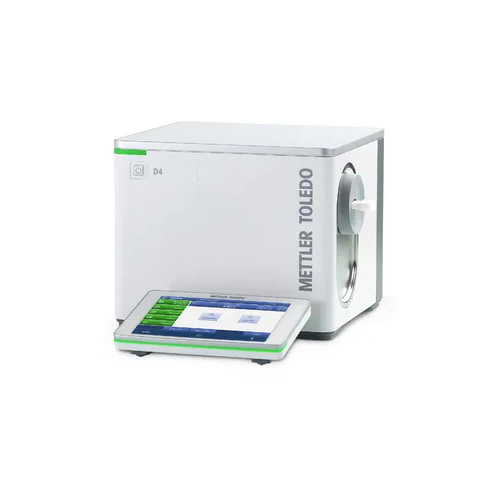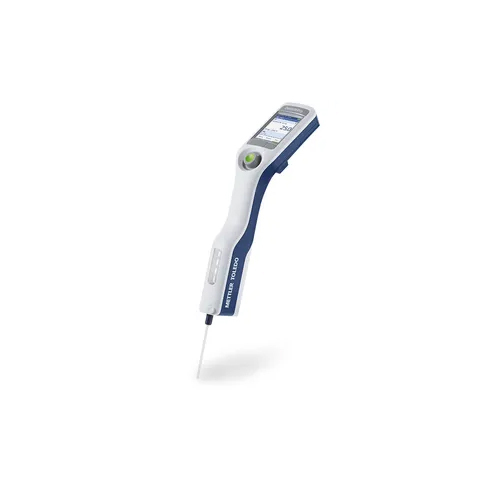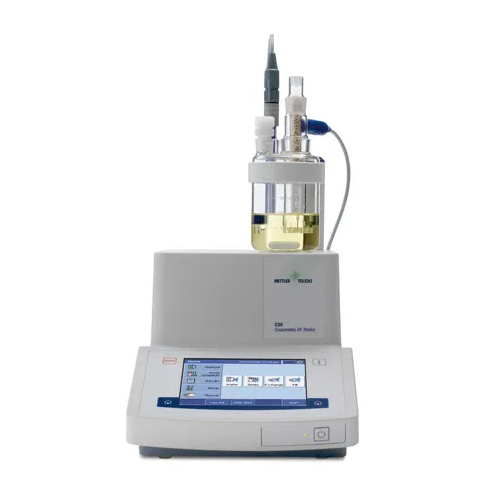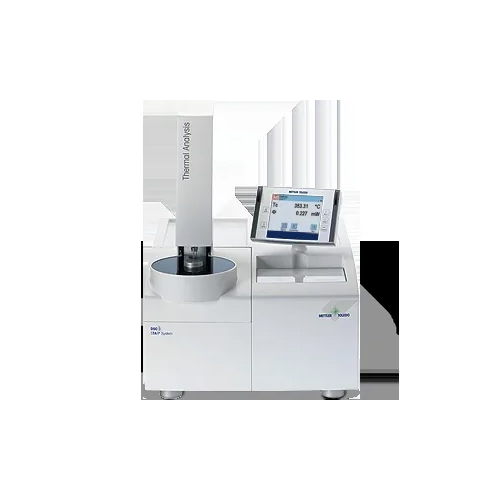Thermal Analysis Crucibles
Product Details:
Product Description
Thermal analysis crucibles are containers made of materials that can withstand high temperatures, used to hold and heat samples during thermal analysis experiments. Thermal analysis techniques such as differential scanning calorimetry (DSC), thermogravimetric analysis (TGA), and thermal conductivity measurements require precise control of the temperature and environment in which the sample is held. Crucibles play a critical role in achieving this control. Crucibles used for thermal analysis are typically made from materials that can withstand high temperatures without melting, degrading, or reacting with the sample being analyzed. Common materials used include alumina, platinum, quartz, and ceramic composites. The choice of crucible material depends on the type of analysis being performed and the properties of the sample being analyzed.
In addition to material selection, other factors such as crucible size and shape, lid type, and sealing mechanism can also affect the accuracy and precision of thermal analysis experiments. Proper handling and preparation of the crucible, such as cleaning and preheating, can also be critical for obtaining reliable results.
Thermal Analysis Crucibles:-
- METTLER TOLEDO offers a wide variety of crucibles that serve as sample containers for thermo analytical measurements.
- Select the right crucible type - and improve your measurement quality
- The type of crucible used for a measurement can have a significant effect on the quality of the results obtained and can also influence important characteristics of the DSC measuring cell.
FAQ
1. What are thermal analysis crucibles used for?
Answer: Thermal analysis crucibles are used for analyzing and measuring the thermal properties of materials in a wide range of applications. They are commonly used for testing the thermal stability of materials, as well as for measuring the thermal diffusivity of materials.
2. How do thermal analysis crucibles work?
Answer: Thermal analysis crucibles are usually made of a material that can withstand high temperatures and conduct heat well. Heat is applied to the crucible and the sample material is placed inside. The temperature change of the material is then measured over a given period of time.
3. What types of materials can be tested with thermal analysis crucibles?
Answer: Thermal analysis crucibles can be used to test a wide variety of materials, including metals, ceramics, plastics, and composites.
4. How do I choose the right thermal analysis crucible for my application?
Answer: The choice of thermal analysis crucible will depend on the type of material being tested, as well as the temperature range that needs to be tested. It is important to choose a crucible that is compatible with the sample material, and that can withstand the maximum temperature range. It is also important to consider the thermal expansion rate of the crucible material, as this will affect the accuracy of the results.

Price:
- 50
- 100
- 200
- 250
- 500
- 1000+
Other Products in 'Analytical Instruments' category
 |
Mettler-Toledo India Private Limited
All Rights Reserved.(Terms of Use) Developed and Managed by Infocom Network Private Limited. |
 English
English Spanish
Spanish French
French German
German Italian
Italian Chinese (Simplified)
Chinese (Simplified) Japanese
Japanese Korean
Korean Arabic
Arabic Portuguese
Portuguese






